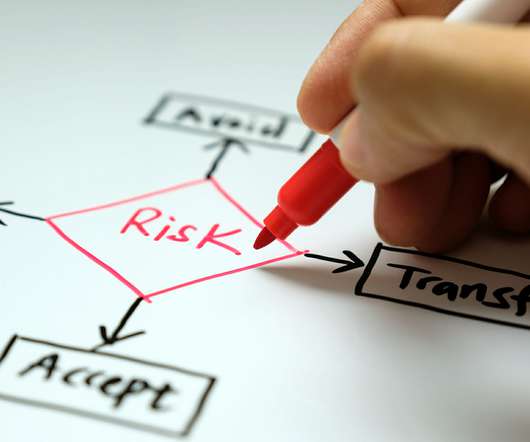Risk Management as a Career: A Guide for BCM Professionals
MHA Consulting
AUGUST 24, 2023
For those with a suitable temperament and skill set, a career in risk management can be rewarding due to the field’s broad scope, consequential nature, and rising prominence. In this week’s post, we’ll look at what a risk manager does and the skills it takes to excel in this role. It’s a permanent ongoing activity.














Let's personalize your content